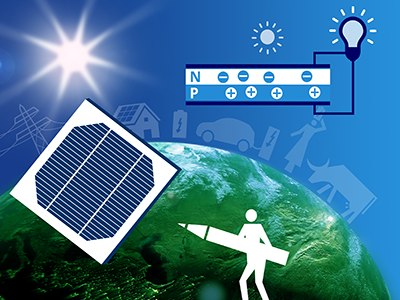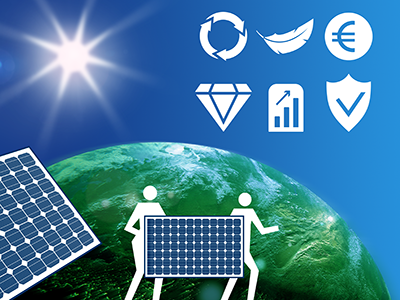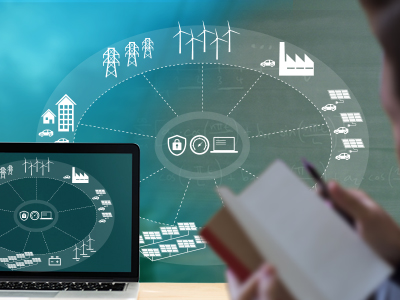Overview
Learn to both design a complete PV system and to perform technical and economic assessments for PV systems ranging from large solar farms to residential systems.
In the third course of the program Solar Energy, you will learn to design a complete photovoltaic (PV) system for any application and location, from utility scale solar farms to residential scale systems. For these scales, both grid-connected and stand-alone solutions will be examined.
The operation and design of PV modules will be taught with respect to various aspects, including shading resilience, interconnection architectures, temperature dependence, mono- versus bi-facial and recyclability.
We will also review the function and operation of common components of PV Systems, such as inverters, DC-DC converters, maximum power point trackers, charge controllers and batteries. We will focus on the interaction of these components with both the photovoltaic modules and the grid. Batteries’ parameters and the role of the charge controller within the system will be covered as well.
The selection of the right inverter among different types will be discussed along with various methods of maximal power point tracking. Considering the losses caused by the different components, the overall efficiency of energy conversion of the system will be discussed.
We will also go back to metrics introduced in the first course and discuss the techno-economic-environmental performance of PV systems: their levelized-costs of electricity, return on financial investments, energy payback time and energy return on energy investment. Environmental considerations concerning PV systems will be discussed as well.
Finally, alternative routes to convert solar energy will be explored such as solar thermal systems. The principles of solar-to-heat conversion and heat storage will be introduced.
What You'll Learn
- Describe the main components of a photovoltaic system and understand their interaction with the PV modules and the grid
- Select the appropriate PV system for a specific application based on your understanding of the differences between the types of PV systems
- Calculate the overall energy yield of a PV system taking into account all component efficiency and weather conditions
- Design a complete photovoltaic system for any particular application
- Assess the economic viability and environmental aspects of a PV system
- Describe the potential of solar thermal energy
Details
Course Syllabus
- Week 1 - PV module design and operation conditions
- Week 2 - Components and concepts
- Week 3 - PV systems application design and solar thermal concepts
- Week 4 - Economic viability and environmental aspects
Admission
This is a Massive Open Online Course (MOOC) that runs on edX.
Prerequisites
- Basic knowledge of physics and completion of the first and second course of the program are recommended.


